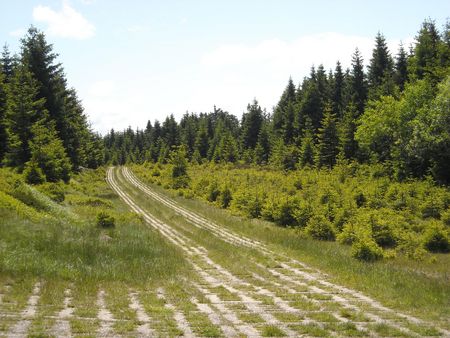The “Iron Curtain” separated men and nature in Europe for almost 40 years. Lethal to humans, it was however a blessing for nature as endangered animals and plants found an undisturbed home in the shadow of the border.
Today, the former border acts as a “Green Belt” across Europe - a treasure trove of bio-diversity.
Especially in the Harz the painful reality of the inner German border was present all the time. The Brocken an impressive and highly visible symbol of the Harz could only be seen from afar by people from both East and West Germany, as it was located in the military zone and was out of bounds.
Today in the Harz it has a new face; the “Green Belt”, where natural beauty nestles to cultural treasures along the former death strip, providing a valuable habitat for endangered animals and plants. Adventurous trips go hand in hand with contemplative moments while you enjoy wandering through pure wilderness in the footsteps of German history.
Find out more about the Green Belt in Germany or the Harz Border. The art of the Green Belt and further interesting things are worth checking out too. If you do not want to explore on foot, then why not use the cycle route along the Green Belt.
